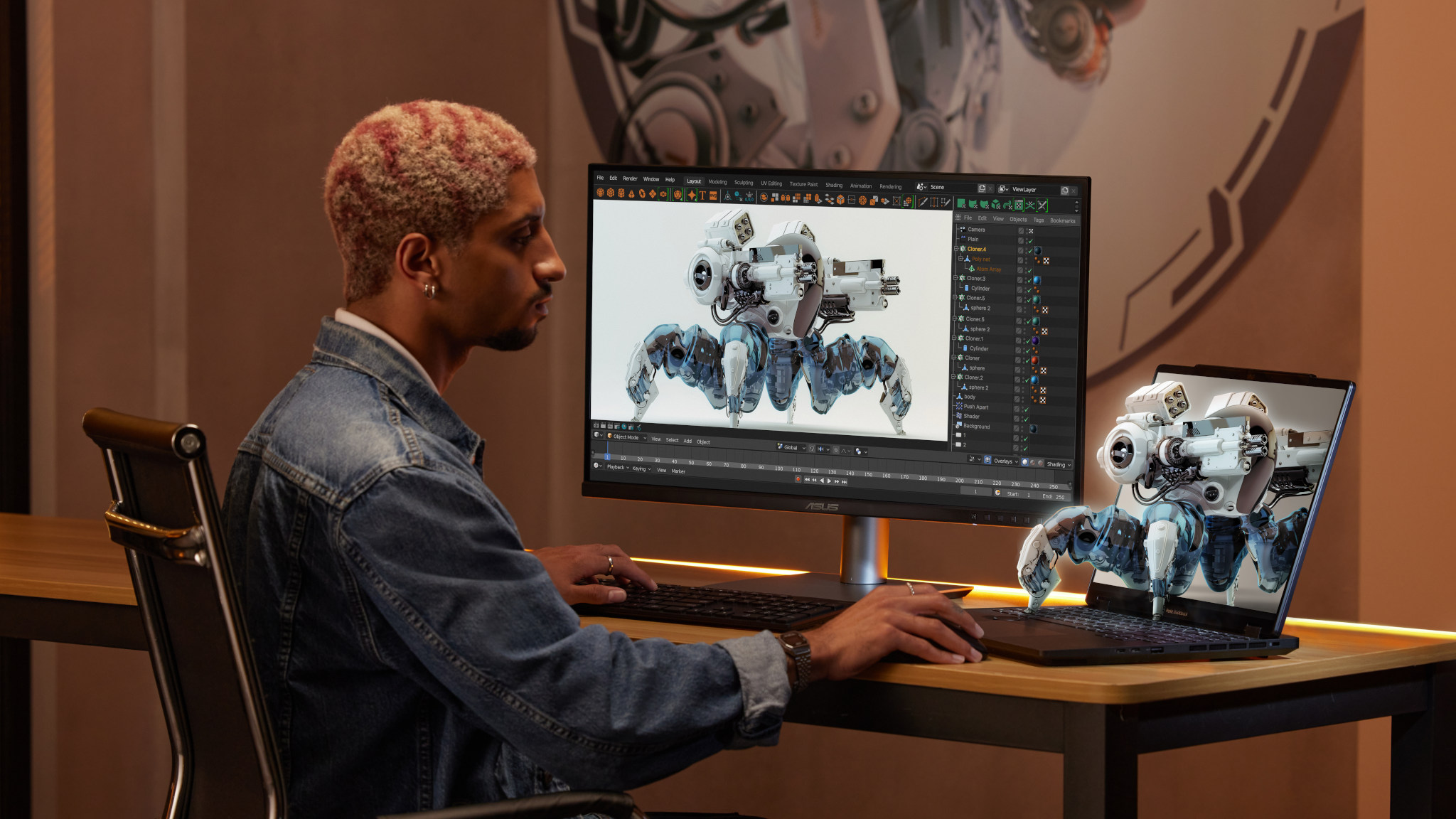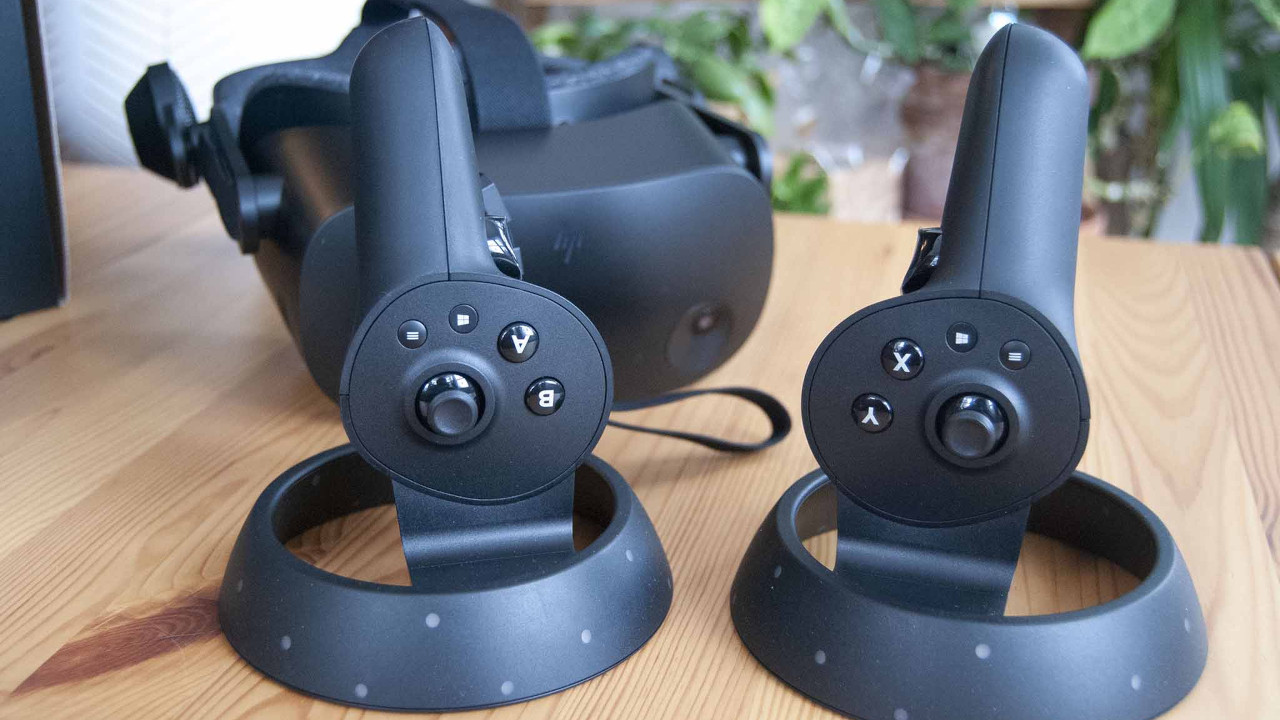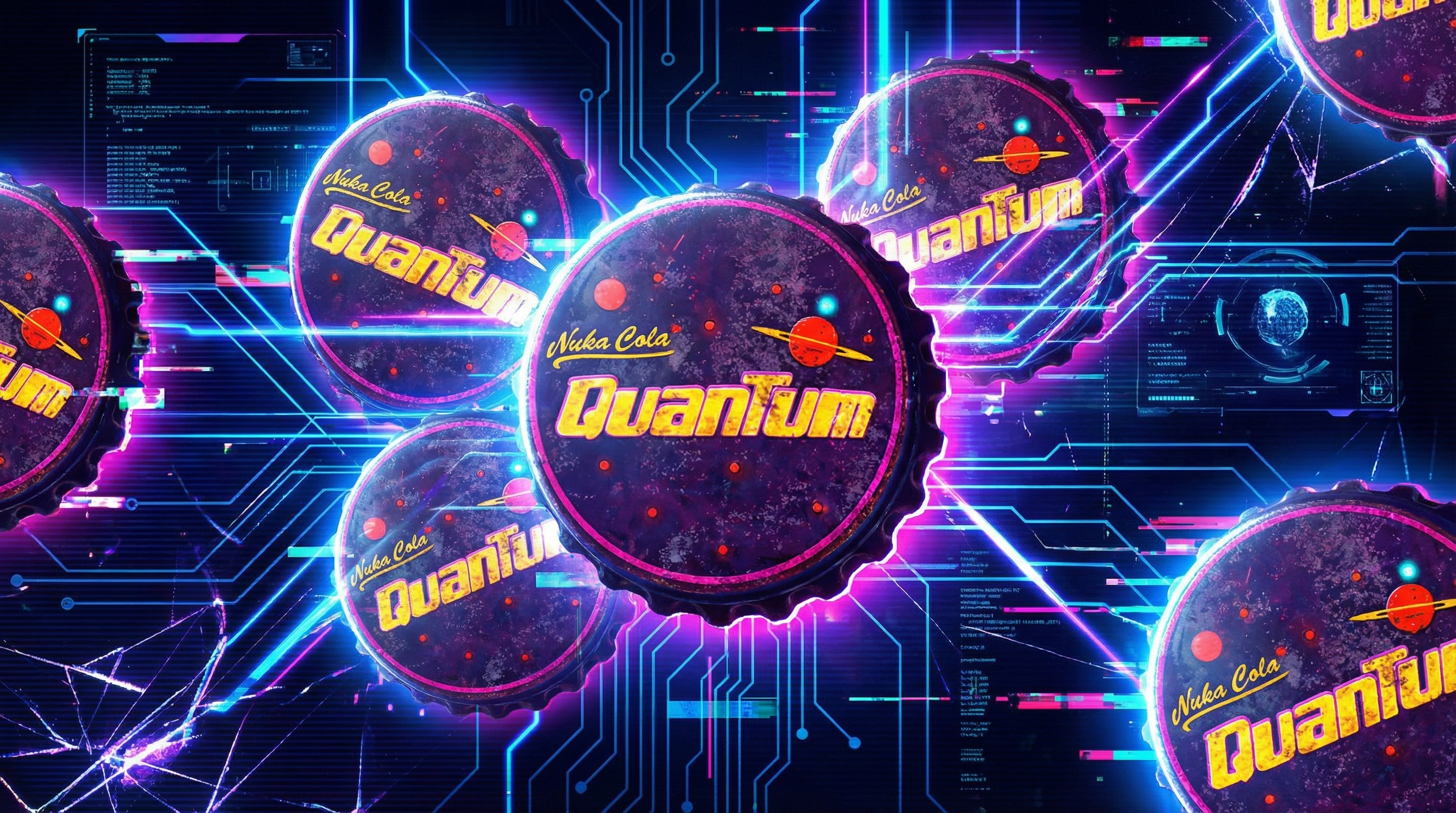ASUS Spatial Vision has cured my lifelong dislike of 3D displays
Finally, 3D displays might be useful and not suck at all.

3D is one of those technologies I just have never had time for. I appreciate what it does when done well, but it's never felt remotely worth the effort. I have to wear glasses to be able to see properly, I don't want to wear another pair just to look at content popping out of the screen.
Glasses-free 3D has always been terrible as well. The Nintendo 3DS is the perfect example, because how many people leave the 3D on at all? It's just awful and makes your eyes hurt. Even in smartphones, there was a period back in the day when the likes of HTC and LG dabbled with 3D. But it was rubbish.
However, 2023 looks like the year my opinions on that might be changing. It's all down to an as-yet brief experience with ASUS' new 3D OLED displays coming to a pair of its laptops in Q3. It looks like we might finally be able to have a good experience with glasses-free 3D, and for the right purposes, more user-friendly than VR.
3D, OLED, but no glasses
ASUS is calling it Spatial Vision, but the simple description is glasses-free 3D on an OLED panel. It's not always 3D, either, it can switch between it and regular old 2D as required. The 3D functionality is only in play with supported apps and content, the rest of the time it's a regular laptop.
So you don't have to view your Outlook inbox popping out of the screen at you.
These are also high refresh rate, high resolution OLED displays, so when you do flip into 3D mode, you're not seeing some grainy mess.
The special sauce is the combination of being able to track your eyes as well as producing an image for each of them, resulting in an autostereoscopic 3D image. And as it's tracking your eyes, you don't have to glue yourself in place dead center. The image will shift as you do, remaining crisp and clear throughout.
All the latest news, reviews, and guides for Windows and Xbox diehards.
The play is both content consumption and content creation. Sort of a, build it and they will come approach.
Better than VR for 3D modelling
When I had the chance to sample a very early prototype one of the demos featured probably the major use case for this tech; 3D modeling. After a brief period of your eyes adjusting, what's in front of you are some very clear, very detailed models.
Right in front of your eyes.
The clarity is so good that my first thought was that this is actually a more natural and immersive experience than using a VR headset for similar. More immersive? Sure, you don't completely block out the outside world, but that's what makes it so good.
You don't have to wear glasses or any form of headset. The rest of your surrounding space is there, you can reach for your cup of coffee without the risk of third-degree burns and you could conceivably work this way all day long with minimal fatigue.
HoloLens is closer to this I feel than traditional VR, but naturally, that's a product that is very expensive and out of reach for basically everyone. But even then, it still requires wearing a headset to view and manipulate 3D models. I've played a lot of VR in recent years, and I don't care how comfortable the headsets are these days, they're still less comfortable than sitting at a desk like a normal person looking at a laptop
Start slow, start small
Of course, not everyone who works with 3D content is going to be in a position to run out and get one of these laptops when they finally launch later in 2023. The cost will almost certainly be prohibitive, for one. ASUS couldn't (or wouldn't) tell me what they're looking at in terms of cost, but expect upwards of $3,000.
The display is bound to be pricey to make, and paired with the latest Intel and NVIDIA high-end internals, it's not going to come cheap. But that's OK, it's a new tech and ASUS is rightly starting slowly with just a couple of laptops.
I like the play they're going for here. If the tech exists then so will the content. ASUS is actively engaging with the likes of James Cameron on this project, too, and it doesn't come much bigger than that. Whether it means a full version of the latest Avatar movie will arrive capable of supporting this display only time will tell. But the trailer is impressive enough that I want to see that.
It's also going to take a little adjusting to this new way of working for those who do get in early. But for the first time in my life, I'm excited about 3D. Even in my short time with this tech, it feels less gimmicky and that there's an actual thought process behind who might really want this in their lives. I can't wait to see the finished product.

Richard Devine is a Managing Editor at Windows Central with over a decade of experience. A former Project Manager and long-term tech addict, he joined Mobile Nations in 2011 and has been found on Android Central and iMore as well as Windows Central. Currently, you'll find him steering the site's coverage of all manner of PC hardware and reviews. Find him on Mastodon at mstdn.social/@richdevine



